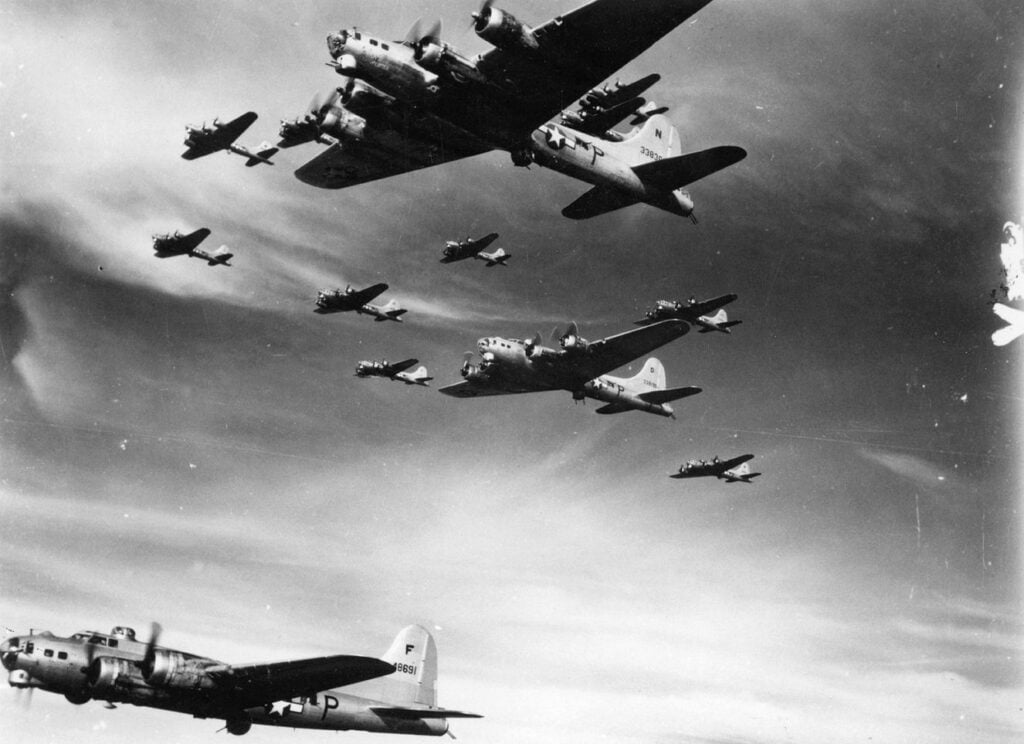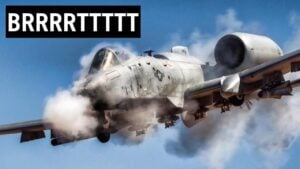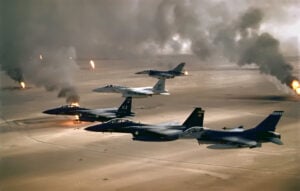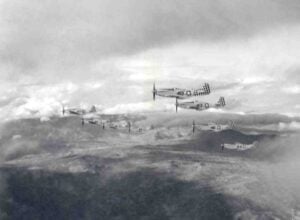How a Gunner’s Unusual Mirror System Dramatically Improved B-17 Tail Gun Accuracy
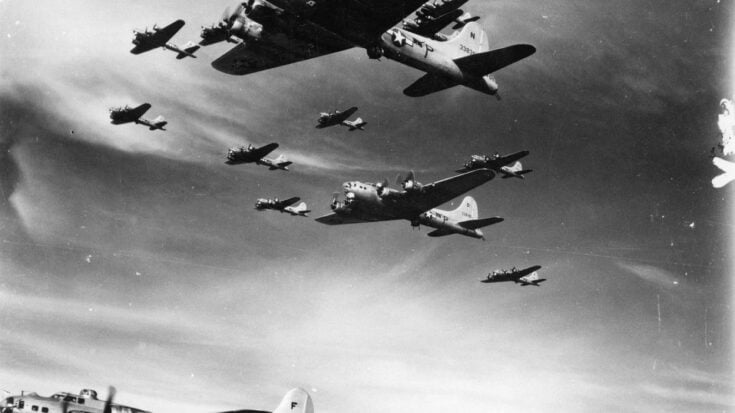
United States Army Air Forces, Public domain, via Wikimedia Commons
The Perilous Position of the Tail Gunner
During World War II, the B-17 Flying Fortress was known for its toughness and durability, able to endure damage that would destroy many other planes. Yet for those who flew inside it, the aircraft brought a mix of pride and fear. Among all crew members, the tail gunner held the most dangerous post. Positioned at the very back of the plane, he sat in a narrow metal compartment exposed to freezing air, constant vibration, and the terrifying awareness that enemy fighters often targeted him first.
The greatest danger, however, did not come from cold or isolation. It was the blind spot beneath the tail. German pilots were trained to exploit this vulnerability. They would dive from low behind the bomber, staying hidden from the gunner’s line of sight, then climb slightly to fire directly into the plane’s belly. The tail gunner often realized the attack too late to respond effectively. Crews repeatedly raised concerns, and engineers considered solutions, but armor, engines, and navigation systems were always prioritized, leaving the blind spot unaddressed. The result was countless casualties caused by an angle that no official design could cover.

A Simple Idea Sparks Innovation
One young gunner, likely no older than 20, decided he could not wait for official action. He had already faced more death than anyone should see at that age. During a briefing, he noticed a pilot using a small reflective panel to check equipment behind the cockpit. The simple device sparked a thought: if a pilot could see behind himself using a mirror, could a tail gunner see the blind spot below him in the same way?
After the mission, he went to the equipment tent and gathered two signal mirrors from a survival kit. He also borrowed a scrap piece of aluminum from maintenance. That night, he spent hours drilling, bending, taping, and adjusting until he had created a three-mirror system. It was rough and improvised, but when he looked through it from his turret, the blind spot became visible.
First Success in Combat
The following day, his crew discovered the strange arrangement. Some laughed, joking that he had turned his turret into a barbershop. Others teased that the German pilots might be blinded by reflections before being shot. The gunner ignored the humor; he understood exactly what he had built.
During a mission over enemy territory, two Messerschmitt 109s approached from the notorious low rear angle. Normally, this maneuver gave them an advantage, but the tail gunner saw their glint reflected in his mirrors long before they reached firing range. He had a full ten seconds to prepare, track the fighters, and fire. In aerial combat, ten seconds is enough to change the outcome. His burst struck the formation, sending one plane spiraling in smoke while the other broke away. The crew noticed his accuracy had improved dramatically, and the pilot recorded that the tail gunner had disrupted the attack with early detection.

Widespread Adoption and Lifesaving Impact
Word spread quickly. Other B-17 crews climbed into his turret to examine the system. Soon, dozens of bombers were flying with improvised visibility rigs. Some used pocket mirrors, broken periscope glass, polished metal, or even flattened spoons. Every setup varied, but all were inspired by the same principle: extend the field of view to cover the deadly blind spot.
At first, commanders criticized the mirrors. They worried they might come loose, did not meet regulations, and were unsafe. After multiple missions where crews survived because of early detection, opposition faded. Eventually, even official turret designers experimented with wider sightlines and reflective aids. Stories emerged of tail gunners spotting enemy fighters over Bremen or protecting heavily damaged bombers, all thanks to improvised mirrors.
Unrecognized but Lasting Contribution
No official report mentioned the young gunner who created the first system. He received no medal, and his name was never recorded in manuals or plans. Yet every crew member who used his idea understood its impact. The mirrors gave tail gunners something previously impossible: time. In the lethal world of aerial combat, a few extra seconds meant survival. Historians today note these improvised mirror rigs as small innovations that saved lives, demonstrating that even in rigid military systems, practical solutions often come from those willing to act, experiment, and persevere in dangerous conditions.
